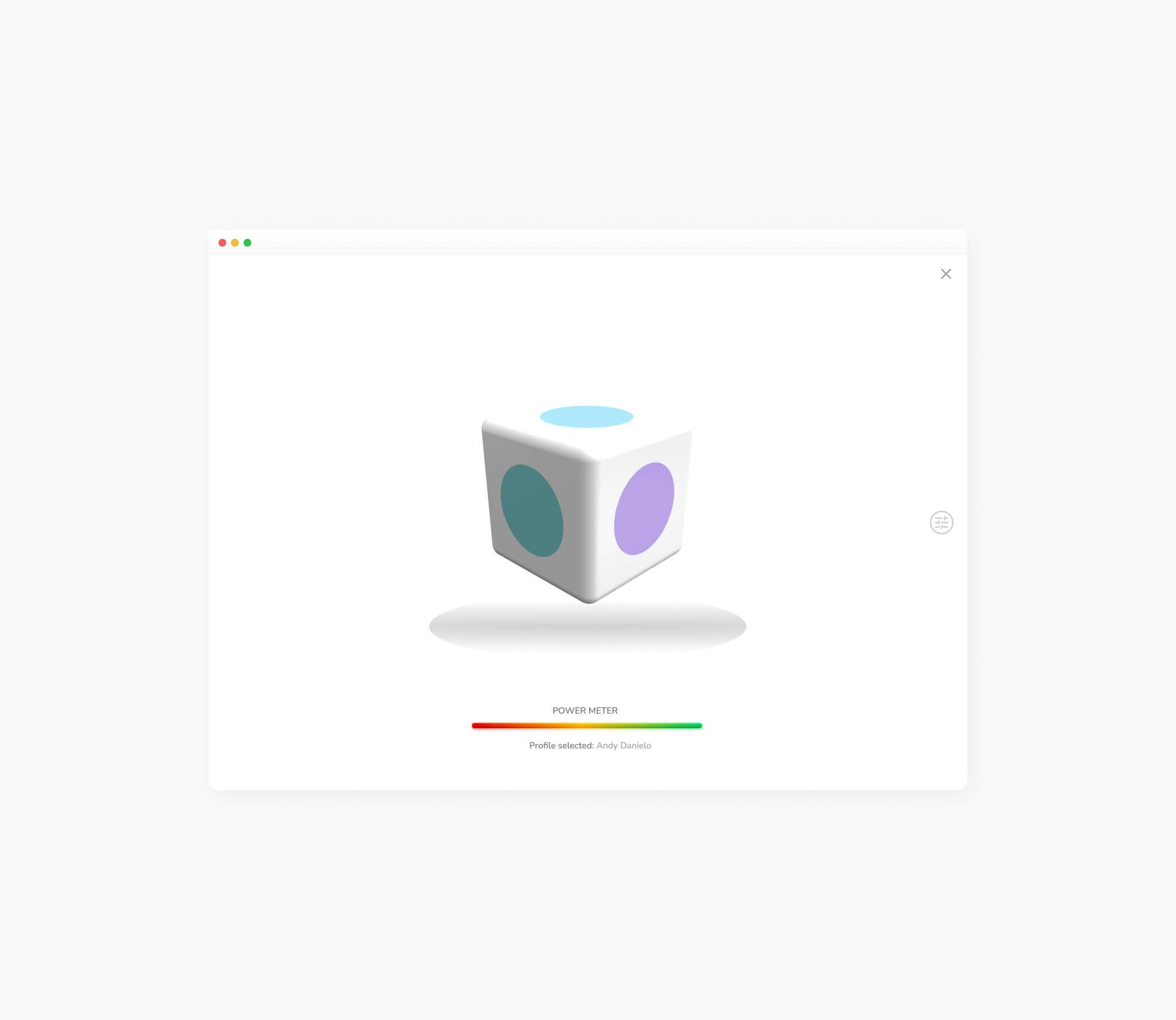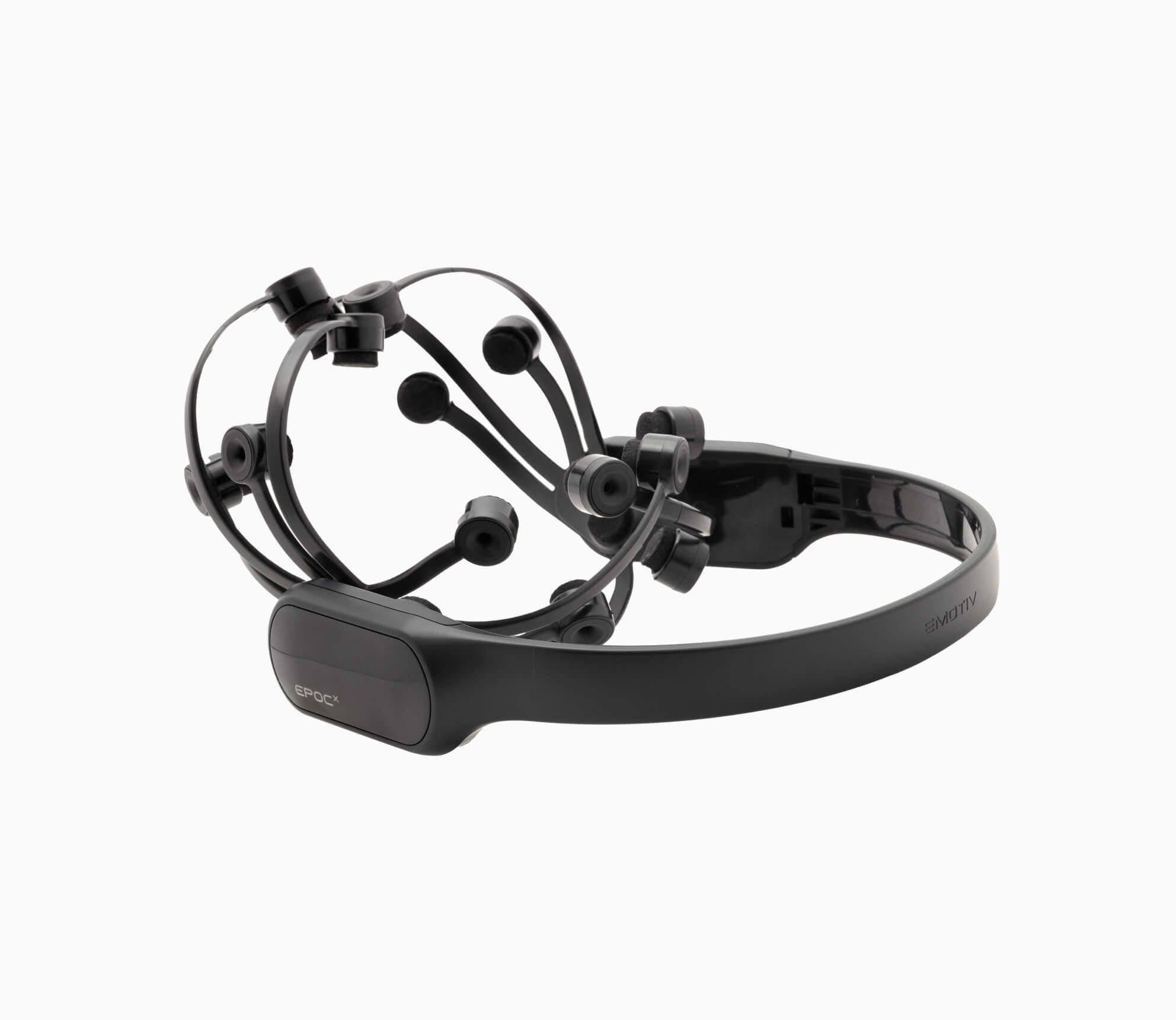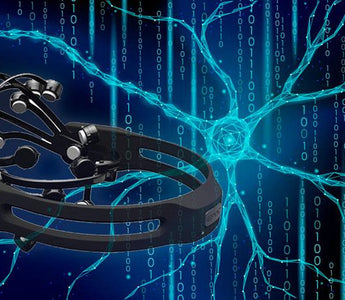***Disclaimer - EMOTIV products are intended to be used for research applications and personal use only. Our products are not sold as Medical Devices as defined in EU directive 93/42/EEC. Our products are not designed or intended to be used for diagnosis or treatment of disease.
Abstract
Context. Electroencephalography (EEG) is a complex signal and can require several years of training, as well as advanced signal processing and feature extraction methodologies to be correctly interpreted. Recently, deep learning (DL) has shown great promise in helping make sense of EEG signals due to its capacity to learn good feature representations from raw data. Whether DL truly presents advantages as compared to more traditional EEG processing approaches, however, remains an open question.
Objective. In this work, we review 154 papers that apply DL to EEG, published between January 2010 and July 2018, and spanning different application domains such as epilepsy, sleep, brain–computer interfacing, and cognitive and affective monitoring. We extract trends and highlight interesting approaches from this large body of literature in order to inform future research and formulate recommendations. Methods. Major databases spanning the fields of science and engineering were queried to identify relevant studies published in scientific journals, conferences, and electronic preprint repositories. Various data items were extracted for each study pertaining to (1) the data, (2) the preprocessing methodology, (3) the DL design choices, (4) the results, and (5) the reproducibility of the experiments. These items were then analyzed one by one to uncover trends.
Results. Our analysis reveals that the amount of EEG data used across studies varies from less than ten minutes to thousands of hours, while the number of samples seen during training by a network varies from a few dozens to several millions, depending on how epochs are extracted. Interestingly, we saw that more than half the studies used publicly available data and that there has also been a clear shift from intra-subject to inter-subject approaches over the last few years. About 40% of the studies used convolutional neural networks (CNNs), while 13% used recurrent neural networks (RNNs), most often with a total of 3–10 layers. Moreover, almost one-half of the studies trained their models on raw or preprocessed EEG time series. Finally, the median gain in accuracy of DL approaches over traditional baselines was 5.4% across all relevant studies. More importantly, however, we noticed studies often suffer from poor reproducibility: a majority of papers would be hard or impossible to reproduce given the unavailability of their data and code.
Significance. To help the community progress and share work more effectively, we provide a list of recommendations for future studies and emphasize the need for more reproducible research. We also make our summary table of DL and EEG papers available and invite authors of published work to contribute to it directly. A planned follow-up to this work will be an online public benchmarking portal listing reproducible results.
read the full paper here
 Rubber Comfort Pads (EPOC+ only) $9.95 /
Rubber Comfort Pads (EPOC+ only) $9.95 / EmotivBCI $0.00 /
EmotivBCI $0.00 / EPOC X - 14 Channel Wireless EEG Headset $999.00 /
EPOC X - 14 Channel Wireless EEG Headset $999.00 /




